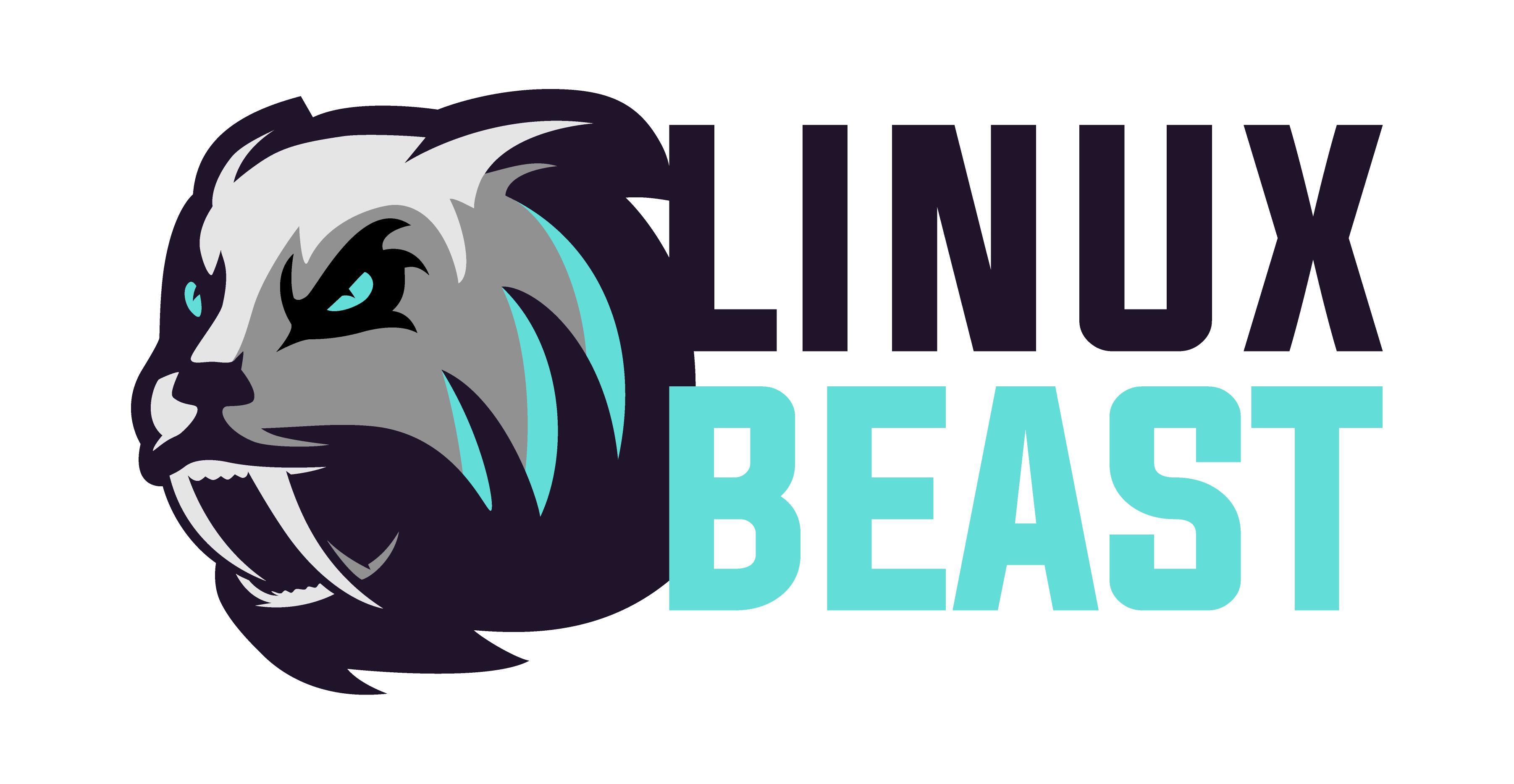Welcome to the DevOps Onboarding Guide! This page will help you prepare your laptop and set up your local development environment. This guide is made for beginners who are starting their journey in DevOps.
DevOps Onboarding: Your First Environment Setup Guide
💻 1. Laptop / Computer Requirements:
You need a good PC/Laptop to run tools smoothly.
Recommended Specs:
- Memory (RAM): At least 16GB (32GB is better for heavy workloads)
- Storage: 500GB to 1TB SSD (faster than HDD)
- Processor: Intel i5/i7 or AMD Ryzen 5/7
- Operating System: Windows 11 (latest version)
⚙️ 2. Install Your Operating System:
- Use Windows 11 (recommended) with the latest updates.
🧰 3. Setup Your Local DevOps Environment:
🔧 Install WSL (Windows Subsystem for Linux):
- Open PowerShell as Admin, run command:
wsl --install - Install Ubuntu 24.04 LTS from Microsoft Store.
🖥️ Install Visual Studio Code (VSCode):
- Download from: https://code.visualstudio.com/
- Connect VSCode to WSL:
- Install the “Remote – WSL” extension.
- Install GitHub Copilot plugin for AI help.
🐳 Install Docker Desktop:
- Download from: https://www.docker.com/products/docker-desktop/
- Enable WSL 2 integration during setup.
- Make sure Ubuntu is selected in Docker’s settings under Resources > WSL Integration.
🔁 Install Git (inside Ubuntu WSL):
sudo apt update sudo apt install git
🔐 Set Up Git Repository:
- Create a GitHub or GitLab account.
- Create a remote repository.
- Clone the repo to your local machine:
git clone git@github.com:yourusername/yourrepo.git
- Set up SSH keys for passwordless Git access:
ssh-keygen -t ed25519 -C "your@email.com"
🔐 Install AWS CLI:
curl "https://awscli.amazonaws.com/awscli-exe-linux-x86_64.zip" -o "awscliv2.zip" unzip awscliv2.zip sudo ./aws/install
🐍 Install and Manage Python Versions:
- Install pyenv:
curl https://pyenv.run | bash
- Add this to your
.bashrcor.zshrc:
export PATH="$HOME/.pyenv/bin:$PATH" eval "$(pyenv init --path)" eval "$(pyenv virtualenv-init -)"
- Install latest Python version:
pyenv install 3.12.0 pyenv global 3.12.0
- Check Python version
python --version
🟢 Install Node.js and npm
To install Node.js and npm globally on your WSL (Windows Subsystem for Linux) Ubuntu environment, run the following command:
# 🌐 Add Node.js 18.x repository curl -fsSL https://deb.nodesource.com/setup_18.x | sudo -E bash - # 📥 Install Node.js and npm sudo apt install -y nodejs # 🔢 Check Node.js version node -v # 🔢 Check npm version npm -v
Install the Serverless Framework
Once Node.js and npm are installed, install the Serverless Framework globally, run this command:
# 📦 Install Serverless Framework globally npm install -g serverless # 🔢 Check sls version sls --version # 🐍 Add Python requirements plugin for Serverless Framework npm install --save-dev serverless-python-requirements # 🚀 Deploy using Serverless Framework sls deploy
To be continue…
✅ You now have a basic DevOps environment setup! More tools and cloud practice coming soon.
Glad to help! But there’s more — you can thank me later 😎
